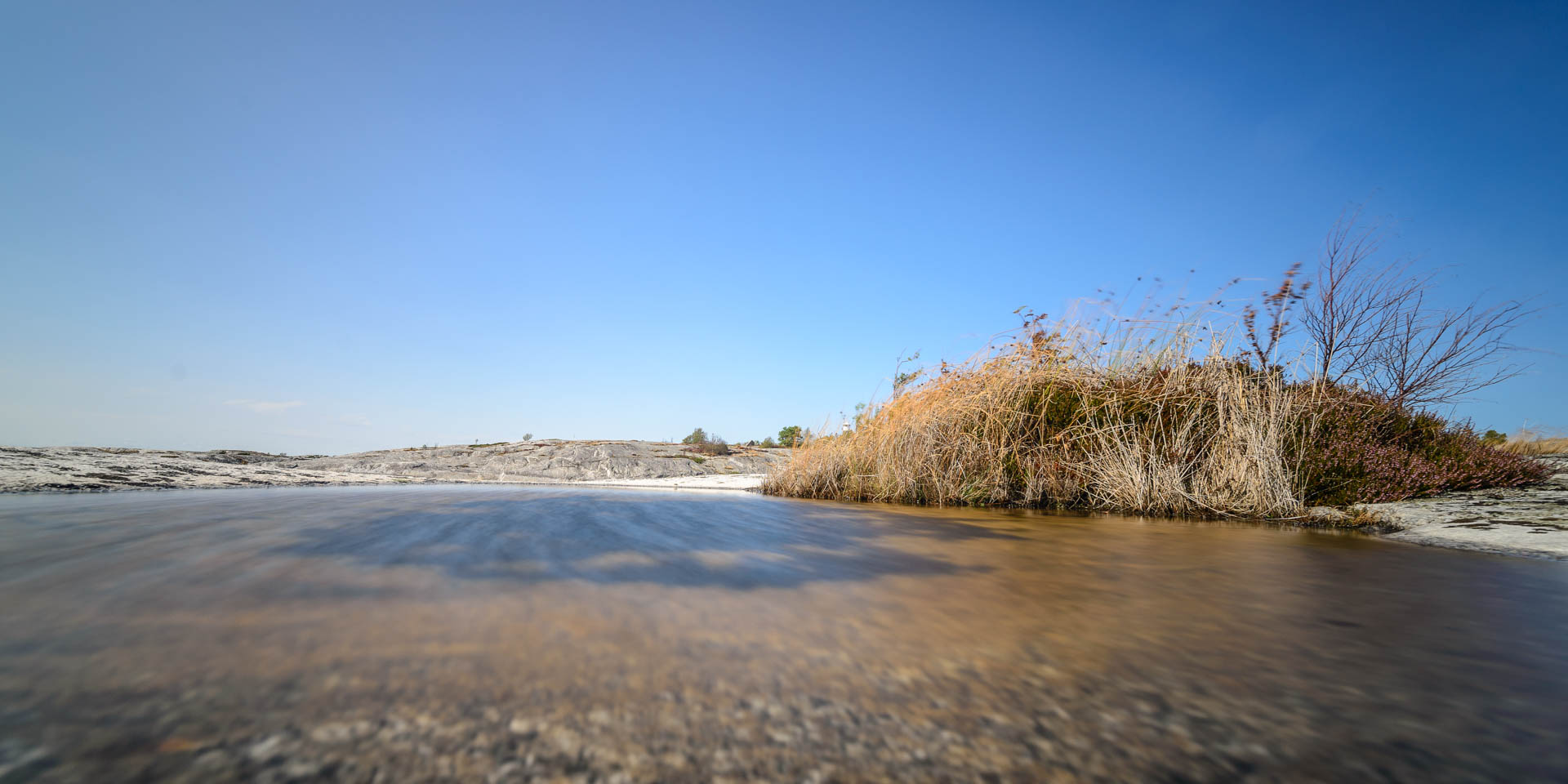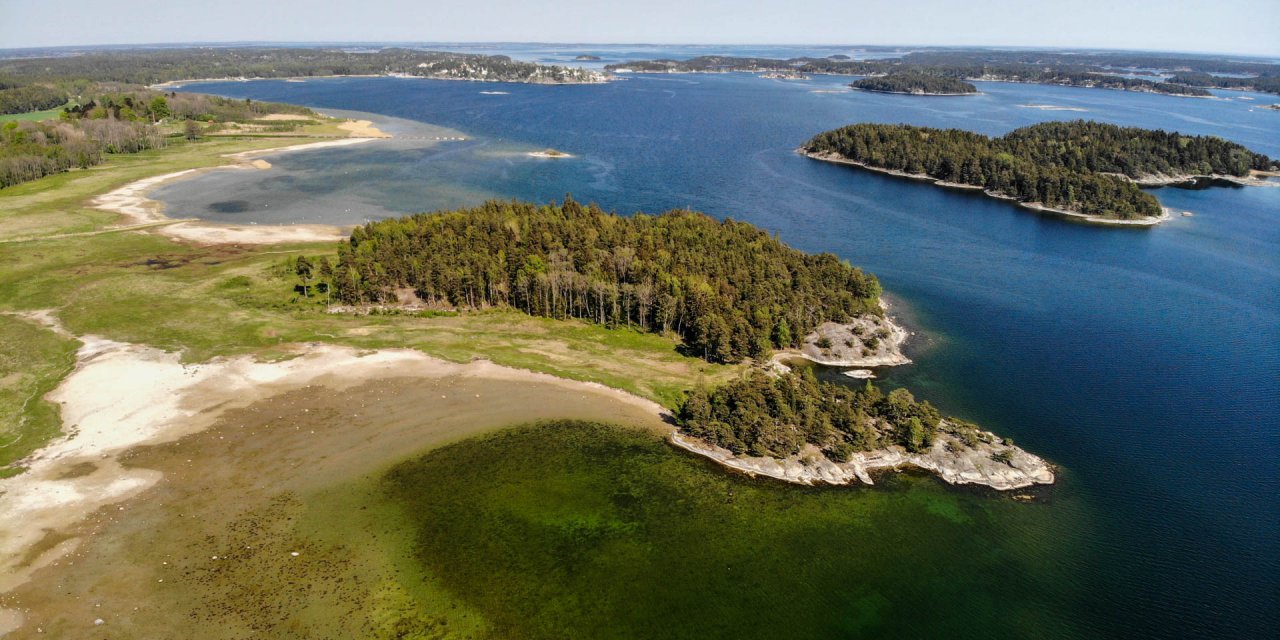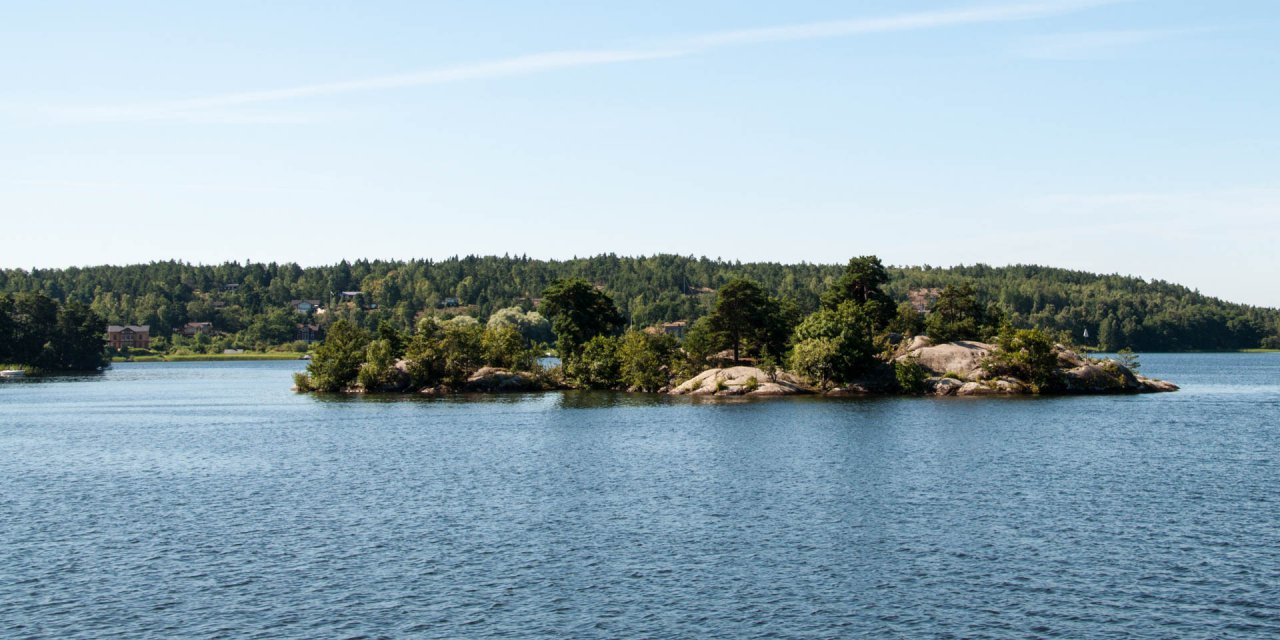

Ålandsskärs Naturreservat
Nature reserve on the island Huvudskär
The nature reserve Ålandsskärs Naturreservat is located on the island of Huvudskär in the outer skerries of the southern Stockholm archipelago, about 15 kilometres off the Swedish coast. The island used to be called Ålandsskär and is situated about 50 kilometres southeast of Handen.
The entire group of islands around the island Huvudskär is called Huvudskärs Skärgård. With the exception of Huvudskär itself, the archipelago and the surrounding marine area are protected by the Huvudskär Naturreservat, which covers more than 2,000 hectares.
To make it clear that Ålandskärs Naturreservat refers exclusively to the island of Huvudskär, the historical name of the island was chosen for the name of the nature reserve. The nature reserve extends over 18 of the 20 hectares of the island, which is a good example of the special environment and flora and fauna of the outer archipelago and is also of great cultural and historical importance.
Landscape and nature of the island Huvudskär
For the most part, the sparsely populated island of Huvudskär consists of bare rock polished by wind and waves. The rocky areas are covered by countless species of sometimes rare mosses and lichens and in cracks and crevices grow drought-resistant plants such as heather and black crowberry (Empetrum nigrum).
In some depressions in the northeastern and eastern part of the island, where larger amounts of organic material have gathered, even small forest exist. While in the northeastern part deciduous trees grow in a mix consisting mainly of birch, aspen and rowan trees, in the eastern part of the island a small coniferous forest with low-growing pine trees has established itself.
In the remoteness of the outer archipelago there are important breeding areas for a number of seabirds. There are colonies on Huvudskär, where mainly Arctic terns (Sterna paradisaea), parasitic jaegers (Stercorarius parasiticus) and eider ducks (Somateria mollissima) breed.
Discover the Huvudskär Naturreservat
The island has been permanently inhabited for many centuries and appears as a fishing village in the fishing rights registers as early as the 15th century. In the 19th century the lighthouse and the customs and pilot stations were built and around the turn of the century an average of 45 permanent residents lived on the island, which even had its own school until 1930.
Today, the buildings on Huvudskär consist of a total of 30 buildings, which are concentrated in the western part of the island and have hardly been changed since the end of the 19th century. The most outstanding buildings are the lighthouse, the former pilot and customs station and the former bakery – the remaining buildings are holiday homes with outbuildings.
During the summer season, the municipality of Haninge operates a youth hostel in the old customs house and rents out the former pilot station on a weekly basis as a holiday home. In addition to your own boat, you can reach the island daily during the summer by water taxi or by archipelago boat, which travels regularly between Dalarö and the archipelago islands.



